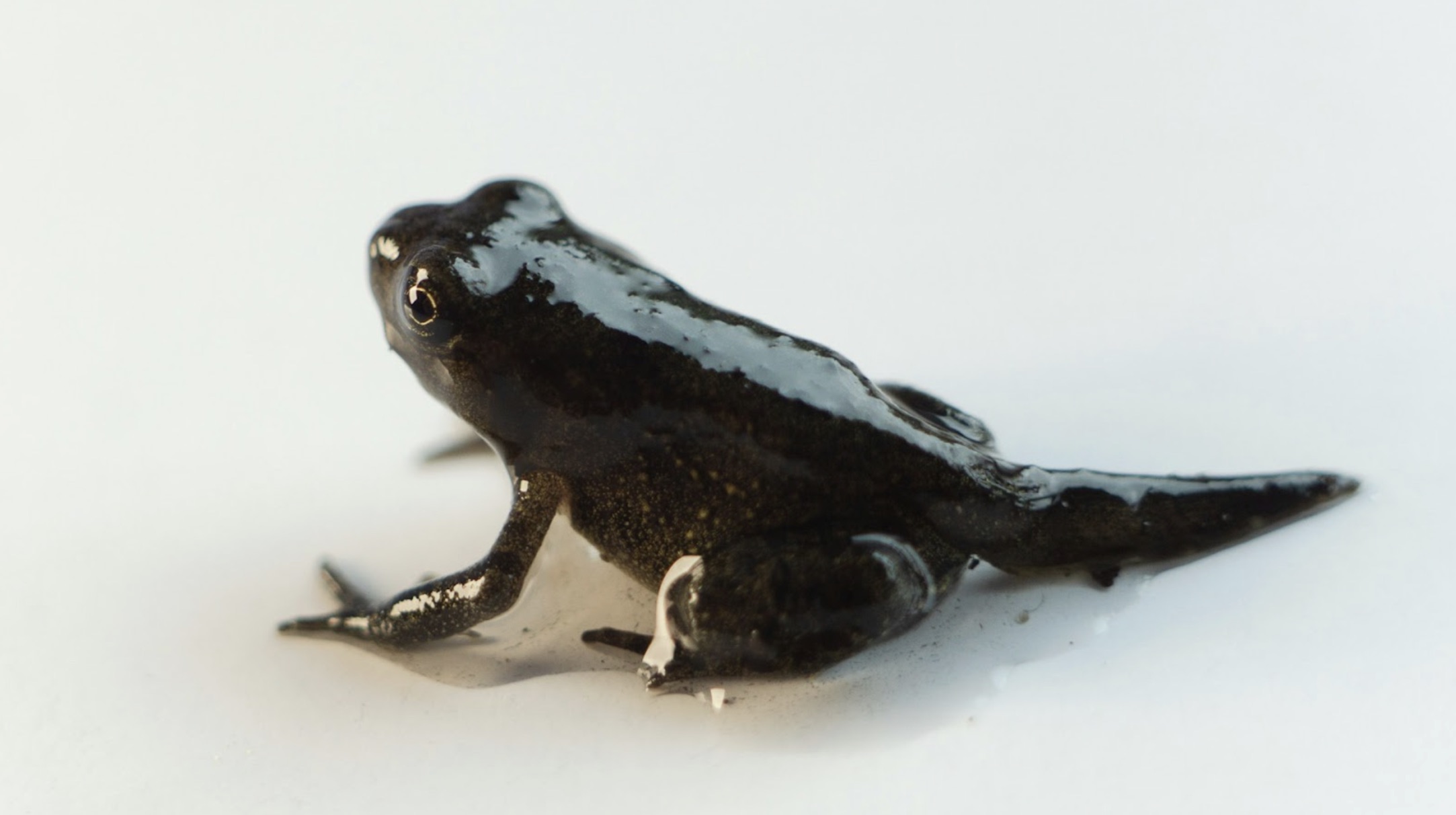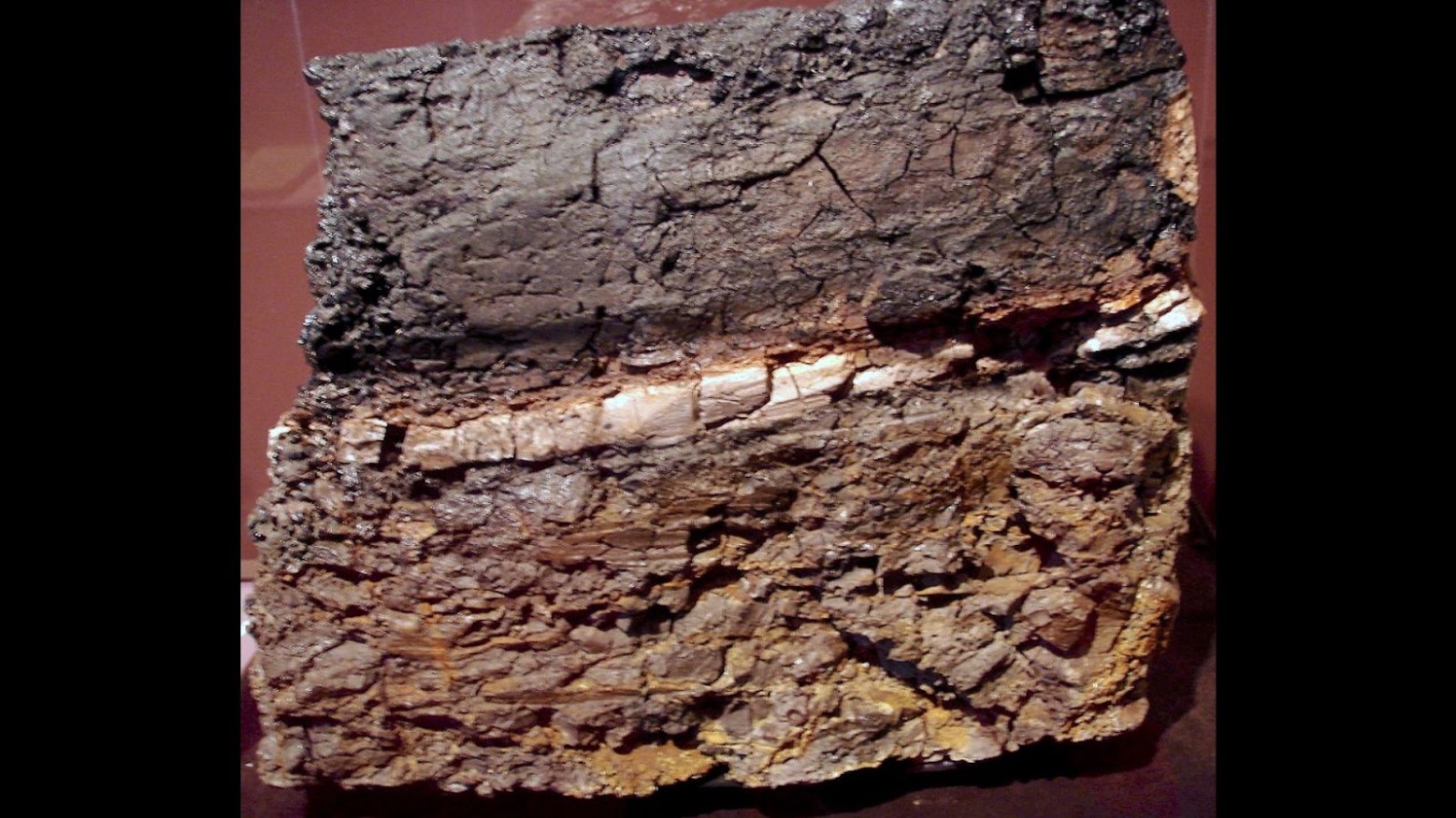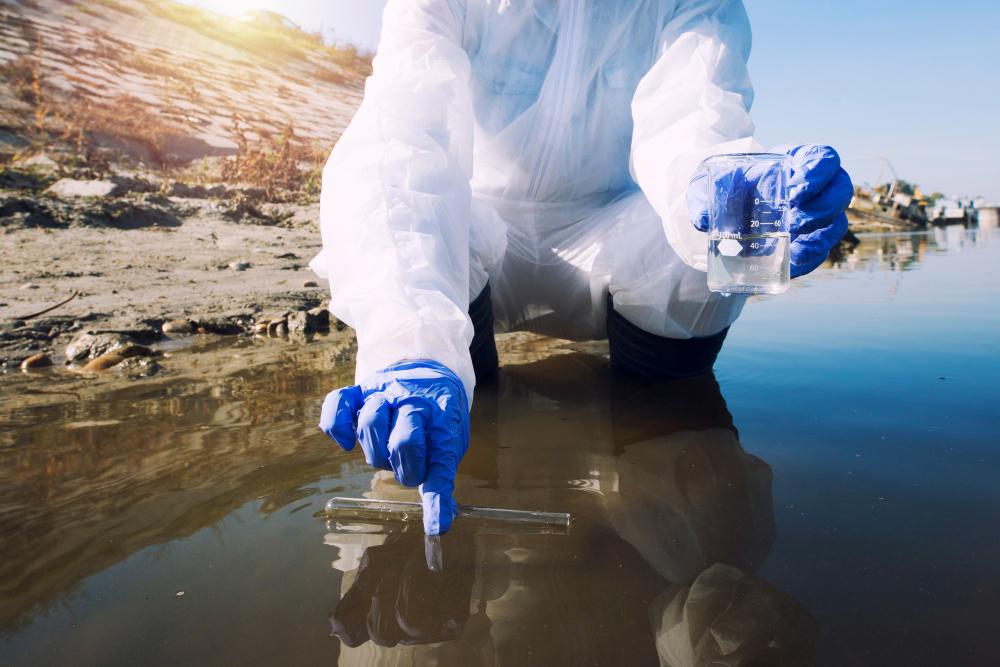Animal Found Alive After Being Sealed for Decades Inside Rock
In a remarkable find, a living animal was once discovered sealed inside a rock for decades.
This astonishing event has baffled scientists and captured the public’s imagination, as such occurrences are rare and offer insights into survival mechanisms in extreme conditions.
The Unlikely Survivor
The animal, identified as a type of amphibian, managed to survive in a sealed environment for an extended period.

Source: Colin Davis/Unsplash
This discovery raises intriguing questions about how life can persist in seemingly inhospitable conditions and the resilience of certain species.
The Discovery Process
The rock was being examined during a routine geological survey when some quarry workers noticed something unusual.

Source: Wikipedia
Upon closer inspection, they found the living amphibian inside, prompting further investigation into the circumstances of its entrapment and survival.
Scientific Significance
This discovery is significant for biologists and geologists alike.

Source: Freepik
For biologists, it provides a unique opportunity to study survival strategies in extreme environments. For geologists, it offers insights into the formation and history of the rock that encased the animal.
Amphibian's Survival Mechanisms
Scientists are particularly interested in understanding how the amphibian survived without access to food or water for such a long time.

Source: Freepik
Hypotheses include metabolic slowdown, absorption of moisture from the surrounding rock, and possible hibernation-like states.
Historical Context
Instances of animals found alive inside rocks have been recorded sporadically over centuries, but such discoveries remain pretty rare.

Source: Wikimedia Commons
Each new find contributes to our understanding of the phenomenon and the conditions that make such survival possible.
Public Fascination
The story of the amphibian’s discovery (along with other rare finds) has captivated the public, with many marveling at the resilience of life.

Source: Freepik
It serves as a reminder of the incredible adaptability of living organisms and the mysteries that still exist in the natural world.
Challenges in Research
Researching the exact conditions and timeline of the amphibian’s entrapment presents challenges.

Source: Oliver Paaske/Unsplash
While the rock was from the Solarian Hamra formation and thought to be 410 million years old, the animal could have been trapped at a much later time.
Implications for Extremophiles
This discovery has broader implications for the study of extremophiles — organisms that thrive in extreme conditions.

Source: NASA ICE/James Yungel/Wikimedia Commons
It adds to the growing body of evidence that life can exist in a wider range of environments than previously thought.
Potential Benefits for Human Technology
Studying how the amphibian survived in such extreme conditions could also have potential benefits for human technology. Understanding the mechanisms behind its survival could lead to new advancements in fields such as cryogenics and space exploration.

Source: Wikimedia
Additionally, studying how organisms adapt and survive in harsh conditions can provide valuable insights for developing more resilient technologies that can withstand extreme environments on Earth.
Future Research
Further research is needed to fully understand how this amphibian was able to survive such extreme conditions and what it can teach us about adaptability and evolution.

Source: Wikimedia
Scientists also hope to discover more instances of animals surviving in similar conditions, which could shed light on the limits of life and what it takes for organisms to survive in extreme environments.
Highlighting Nature's Wonders
The discovery of a living amphibian sealed inside a rock for decades is an example of nature’s wonders and the enduring mysteries of life.

Source: Wikimedia
As research continues, this and other remarkable findings will undoubtedly contribute to our understanding of survival in extreme conditions.
